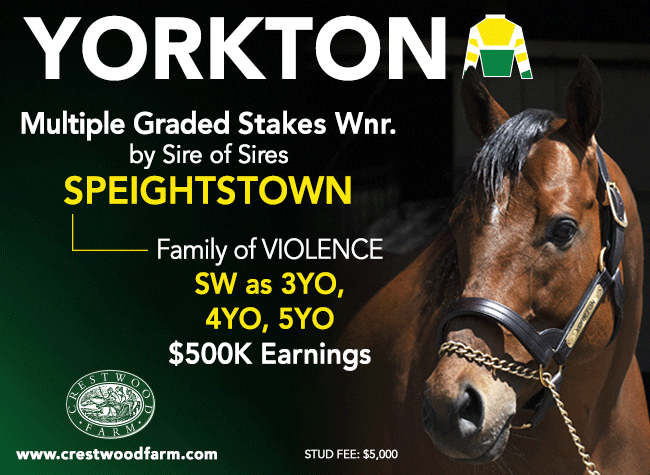By T. D. Thornton
Even though a 10% purse bonus for winning races while not running on Lasix failed to yield an increase in the actual number of Lasix-free winners at last year's meet, Oaklawn Park will continue the program in 2016, the track's director of racing, David Longinotti, confirmed Wednesday.
“We are bringing it back,” Longinotti said. “We're going to do it the same way as last year. I think it deserves another year of studying it.”
Participation in the bonus program is completely voluntary. No “Lasix-free” races are carded. Oaklawn pays a 10% bonus above and beyond the winner's purse share to any horse that wins a race without being administered the drug on raceday. The money does not come out of the horsemen's purse account; Oaklawn pays it separately.
According to a TDN tally of Equibase charts, in 2014, when no bonus program was in effect, Oaklawn ran 473 races. Five races were won by Lasix-free Thoroughbreds (four horses total, with one repeat winner).
In 2015, with the 10% winning bonus, Oaklawn ran 477 races. Five races were won by Lasix-free Thoroughbreds (four horses total, with one repeat winner)–exactly the same as the previous year. The track paid out $12,803 in bonus money.
Longinotti said that even though the addition of the bonus program did not change the number of Lasix-free winners, Oaklawn did see a doubling of the overall number of horses that started without being administered Lasix.
“The previous couple of years, I think we had 2% of our starters overall run without Lasix,” Longinotti said. “[In 2015] we jumped that number from 2% to 4%.”
Lasix (also branded Salix) is furosemide, a once-unsanctioned, but now nearly universally prescribed legal diuretic in American racing. It gained widespread use in the 1970s for its ability to reduce exercise-induced pulmonary hemorrhage in equine athletes. But in the decades since its legalization, there has been endless debate over the role of Lasix as a performance-enhancer and in fostering a culture of over-medication.
Well into the 1980s, long after Lasix became commonplace at tracks nationwide, Oaklawn had resisted its acceptance. According to Longinotti, Oaklawn was one of the last tracks in the country to permit its regulated use.
One notable shift within the industry in recent years has been for owners of 2-year-olds not to race their young horses on Lasix. But because of the time of the year that Oaklawn runs its meet [Jan. 15–Apr. 16 in 2016] it does not schedule any 2-year-old races. Having access to this group of horses, would, in theory, boost the track's number of Lasix-free runners.
“That's just the way we fall on the racing calendar,” Longinotti said. “January through April, there aren't a lot of 2-year-old races being run anywhere.”
Longinotti noted that the Oaklawn stable area has been open since Nov. 16 and that 300 horses are currently on the grounds in preparation for the 2016 meet.
Two stakes races for 3-year-olds have been endowed with a considerable bump in purses: The GIII Southwest S. [Feb. 15] has been upped from $300,000 to $500,000, while the GII Rebel S. has been boosted from $750,000 to $900,000.
“We think we're the best place to come to prep a horse for the Triple Crown, and American Pharoah (Pioneerof the Nile) makes a good argument for that,” Longinotti said, referring to the champ's 3-year-old season debut, which was a win in last year's Rebel.
Not a subscriber? Click here to sign up for the daily PDF or alerts.






